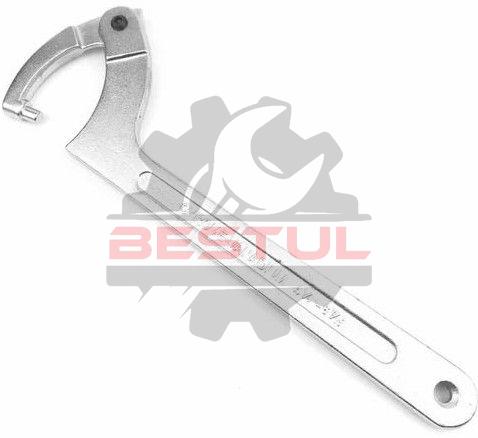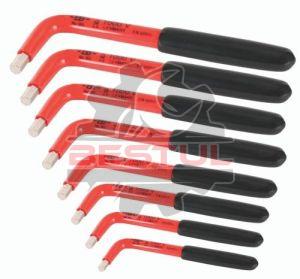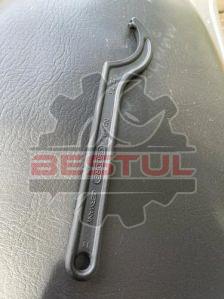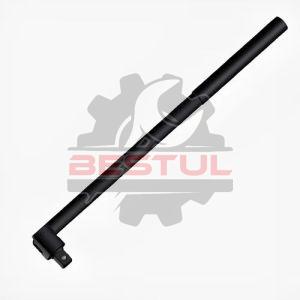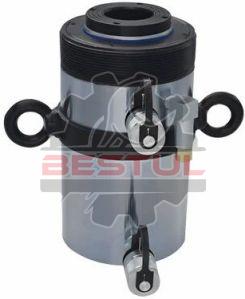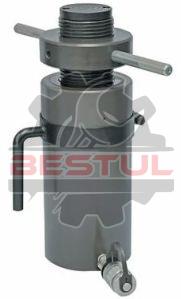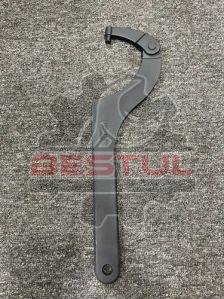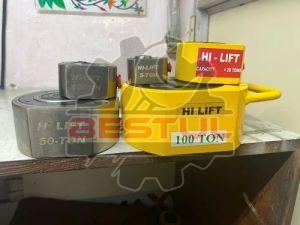sales@besthardware.in - GST NO. : 27AECPT4419C1ZN
999.00 / 1 Piece
| Business Type | Exporter, Supplier |
| Country of Origin | Made in India |
| Application | Garage |
| Finishing | Polished |
| Click to view more | |
Preferred Buyer From
| Location | Worldwide |
Product Details
Color
Silver
Material
Chrome Vanadium Steel
Size
14 Mm
Type Of Spanner
Hook Spanners
Packaging Type
Packet
Measurement System
Metric, SAE
Warranty
1 Year
A wooden handle sledge hammer is a heavy-duty tool used primarily for demolition, construction, and heavy striking tasks. It’s known for its durability and ability to deliver significant force. Here’s a comprehensive guide to understanding and using a wooden handle sledge hammer:
Features
-
Head:
- Material: Typically made of steel or cast iron, the head of a sledge hammer is designed to withstand high impact and heavy use. It is often heat-treated to enhance its durability.
- Shape: The head usually has a flat striking face on each side, though some models may have a slightly rounded or textured face depending on their specific use case.
-
Handle:
- Material: Made from wood, often hickory or ash, due to its strength, flexibility, and shock-absorbing qualities. These woods are chosen for their resilience and ability to handle the high impact of repeated striking.
- Length: Wooden handles come in various lengths, generally ranging from 24 to 36 inches. The length of the handle affects leverage and control.
- Shape: Typically cylindrical or slightly tapered for a comfortable grip. Some handles may have a slight curve for better ergonomics.
-
Weight:
- Variety: Sledge hammers come in different weights, commonly ranging from 2 to 12 pounds or more. Heavier hammers deliver more force but can be more challenging to control.
Applications
-
Demolition:
- Breaking Materials: Used for breaking up concrete, brick, or masonry. The force generated by the sledge hammer is effective in shattering these materials.
-
Construction:
- Driving Stakes: Useful for driving large stakes or posts into the ground, such as for fences or construction frameworks.
- Adjusting Large Components: Employed in tasks that require adjusting or aligning large, heavy components.
-
Heavy Striking:
- Metal Work: Used in metalworking for tasks like shaping or bending large metal components.
Advantages and Disadvantages
Advantages:
- High Impact: Capable of delivering significant force, making it effective for heavy-duty tasks.
- Durability: Well-crafted wooden handles can absorb shock and reduce vibrations transmitted to the user.
- Control: The wooden handle allows for a certain degree of flexibility, which can aid in control and reduce hand fatigue.
Disadvantages:
- Maintenance: Wooden handles require more maintenance than metal handles. They can splinter or crack over time, especially with heavy use or exposure to moisture.
- Weight: The sledge hammer's weight can make it tiring to use for extended periods.
- Limited Precision: Due to its size and weight, it may not be suitable for tasks requiring fine precision.
Care and Maintenance
-
Handle Care:
- Inspection: Regularly inspect the wooden handle for cracks, splinters, or other damage. Replace the handle if it becomes compromised.
- Protection: Keep the handle clean and dry. Apply wood oil or a protective coating to maintain its condition and prevent cracking.
-
Head Maintenance:
- Check for Damage: Inspect the head for any deformation or damage. Ensure it is securely attached to the handle and replace or repair if necessary.
Looking for "Hook Spanners Chrome Vanadium Steel" ?
Piece

